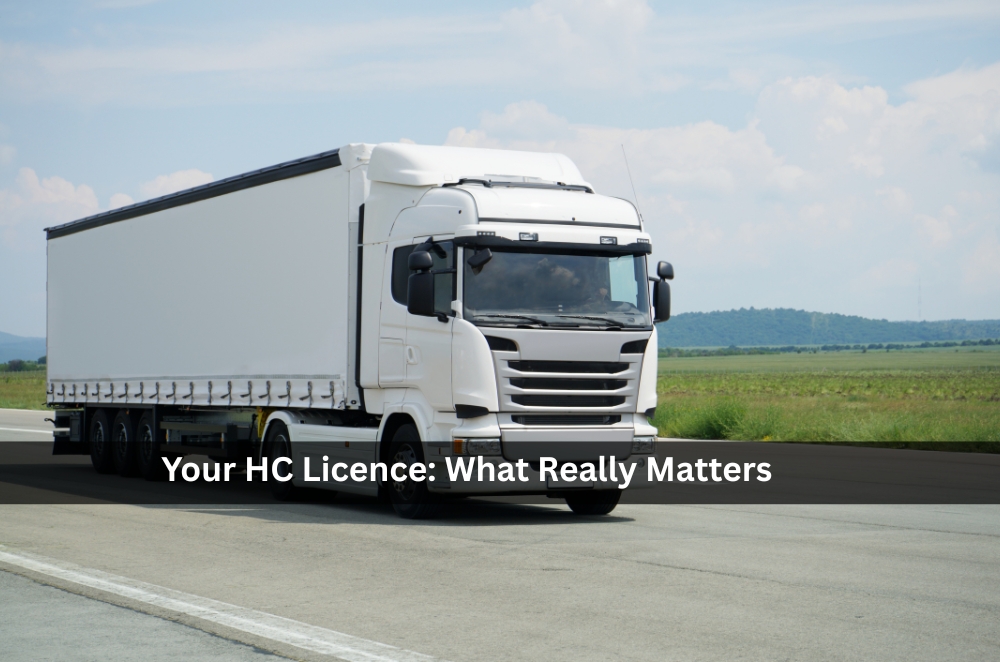Getting knowledge and understanding HC requirements is more than just ticking boxes. Anyone can rattle off rules and talk about theory, but there’s a bigger picture that doesn’t show up on paperwork. When you go for that HC licence, you step into a different world. You start to realise just how much heavy vehicles change the way you approach the road. You learn to respect space, weight, and timing. Some reckon it is all about passing a test, but the people who last in this job know it is what happens once you are out there that counts. It is the hard lessons, the ones you do not read about, that stay with you long after the ink dries on your licence.
Day-to-day HC licence realities
Moving up to an HC means the small details suddenly matter. Things you'd normally ignore in a car or ute suddenly become a big deal. Backing up a big rig is not just putting it in reverse. It takes patience and a steady hand. When you take a corner, you plan it well in advance. Load balance comes down to instinct, a bit of experience, and sometimes a touch of luck. Long drives can get inside your head if you are not careful.
- Reversing becomes a skill in itself
- Corners need more than quick reflexes
- Good load sense is half experience, half instinct
- Long runs are as much about mindset as anything
If you are curious about what life actually looks like after you pass, have a look at the day-to-day HC licence realities.
Meeting the real world requirements
Ticking off what the government wants is just the start. You need the right age, the right amount of experience, and probably a medical check. That only covers the basics. The bigger challenge is meeting what employers and the industry expect. Some companies will only take you if you have spent extra time behind the wheel. Others might walk away if your attitude is off. Insurance companies can also set their own standards, including minimum experience and other requirements. Being flexible about when and where you work is often what gets you in the door.
- Different companies have different systems.
- Insurance can make your application harder
- Attitude can mean more than your driving record
- Flexibility with shifts and sites makes a difference
You don't usually hear about this side until you're actively looking for a job. Then it becomes obvious who is serious and who is not.
Making sense of qualification standards
Once you finally get the licence, there is a bit of relief, but it is not the finish line. Now you have to prove yourself every day on the road. Most skills do not come from books or training rooms. Judging traffic, picking up on what other drivers are about to do, and staying alert for long stretches these are things you learn over time. This is what separates the people who stick with it from those who fade out.
If you are working through the process or want to double-check what is expected, it is smart to get familiar with the current HC licence criteria in NSW. The real test is always on the road, but having your facts straight never hurts.
Conclusion
Getting an HC licence is more than another card in your wallet. Every day brings a new lesson. Listen to the old hands, avoid getting overconfident, and keep learning. If you can take each challenge as it comes, you will find your place behind the wheel. That is what earns respect in this job.





Comments